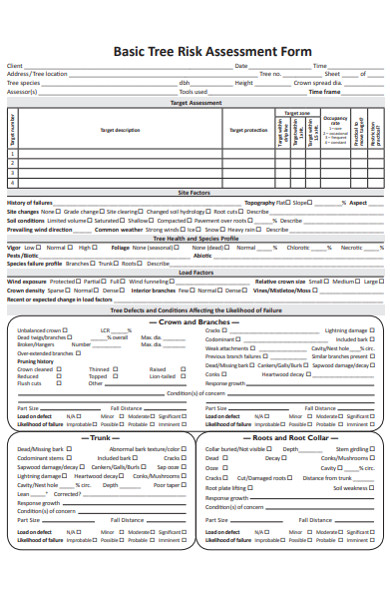

#Tree work safety checklist portable#
You might often need to use portable power tools like trimmers and chainsaws. You will need specific skills for doing so, including tree climbing and pruning. It can be quite difficult and dangerous to trim branches and limbs from a tree instead of removing them completely. Consult with your local Davey Tree Expert about tree safety today.June 22, 2022, Atlas Tree Tips Tree Management Advanced analysis, sometimes through the use of specialized arborist tools or techniques, may be necessary. Tree risks aren’t always visible or obvious. Seek a consultation with a certified arborist to evaluate tree species, soil conditions, wind exposure, defects, overall health and other factors to determine a tree’s hazard potential. Regular tree maintenance can mean a world of difference when it comes to tree strength during a storm. Odd growth patterns may indicate general weakness or structural imbalance.Īlthough defective trees are dangerous, not all of them need to be removed immediately, and some defects can be treated to prolong the life of the tree. Poor tree architecture: This is characterized by excessive leaning of the tree or branches growing out of proportion with the rest of the tree crown. Wilting is also an obvious sign a tree’s roots are damaged.Ĩ. Check to see if a tree is leaning to tell if it’s been affected. Root problems: High winds can cause trees to rock, even causing the severing of roots in some cases. Proper pruning thins the tree canopy, allowing wind to blow through it - instead of against it as though it was a sail.ħ. Broken limbs: Assess the crown of a damaged tree to check for large, broken limbs. The bark can’t hold the branches together, and the upper side of the branch is unable to secure itself to the trunk.Ħ. Weak branch unions: When two or more branches intersect on the same trunk, a weak union is created. This increases the risk of branch breakage and uprooting.ĥ. Heavy canopies: Excessively thick branches and foliage catch more wind during stormy weather. In time, decay will continue to cause structural problems.Ĥ. Decay: Soft wood or cavities where wood is missing is a sign of decay. Check for deep splits in the bark that extend into the wood of the tree or internal or external cavities.ģ. Cracks: Storms can cause branches to twist, bend and crack. Another sign of deadwood is old bark that has mostly fallen and hasn’t been replaced with new bark - instead, there is only smooth wood underneath.Ģ. Look for leafless branches when others have plenty of green leaves. Deadwood: Dead trees and branches can fall at any time. There are several types of defects that can increase the risk of tree failure.ġ.

Check for the following signs to keep your home safe this winter.Ĩ Ways to Identify a Potentially Damaging Tree Some maintenance is best left to the professionals.

Regularly check trees for broken, damaged or leaning trunks, branches or limbs. Poorly maintained trees can become a problem. Healthy trees can hold their ground better in extreme weather, including intense winds and snowstorms. Trees maintained throughout the year are stronger. Keeping trees healthy, pruned and structurally sound helps minimize accidents before the storm. Storms, ice and temperature fluctuations during winter take their toll on trees, wreak havoc on local ecosystems and can cause loss of power or major damage to homes.īefore a storm, make it a priority to check landscape trees. With winter storm season upon us, we need to protect our homes and trees.


 0 kommentar(er)
0 kommentar(er)
